Now that Dr. Chris Busby is coming to Japan for the first time after 311, I would like to post this article here so that you know who he is and what he has been doing.
Dr. Chris Busby
Interview by Norimatsu Satoko and Narusawa Muneo
http://www.japanfocus.org/-Chris-Busby/3563
Introduction by Norimatsu Satoko
Chemical physicist Chris Busby is at the forefront of scientists who are challenging the radiation risk model propounded by ICRP, the International Commission on Radiological Protection, whose standards for allowable radiation doses the Japanese government has adopted for its citizens affected by the Fukushima Daiichi nuclear plant accident.
Busby, Scientific Secretary of the European Committee on Radiation Risk (ECRR), points out that the ICRP model “deals with radiation exposure from all sources in the same way, as if it were external to the body,” and then takes this dose and multiplies it by a risk factor based on the high acute external doses of the atomic-bomb survivors of Hiroshima and Nagasaki.
The ICRP method thus fails to take into account a number of ways in which certain internal radionuclides can deliver very high doses to critical targets in cells, particularly the cell DNA. One of these is from “inhaled or ingested hot particles, which are solid but microscopic and can lodge in tissue delivering high doses to local cells.”
As a result, internal radiation exposure can be “up to 1,000 times more harmful than the ICRP model concludes.”
In his calculation based on the ECRR model that considers such internal radiation risks, Busby has estimated that within 100 km of Fukushima Daiichi, approximately 200,000 excess cancers will occur within the next 50 years with about half of them diagnosed in the next 10 years, if the 3.3 million people in the area remain there for one year.
He estimates over 220,000 excess cancers in the 7.9 million people from 100 to 200 km in the next 50 years, also with about half of them to be diagnosed in the next 10 years. By contrast, the ICRP model predicts 2,838 extra cancers in the 100 km population.
“The eventual yield will therefore be another test of the two risk models,” Busby contends, pointing out that many studies of the Chernobyl disaster showed much higher cancer yields than the ICRP model had predicted.
The effect of the nuclear disaster, moreover, extends well beyond the 200 km radius. It has been reported in Japan that “traces of plutonium” have been found in the proximity of Fukushima Daiichi.
This is no surprise, since unusual amounts of plutonium and uranium have been detected in Hawaii, Guam, Alaska, and on the West Coast by the US Environmental Protection Agency in the wake of the 3.11 earthquake and tsunami.
CTBTO, the Comprehensive Test Ban Treaty Organization, has reported that radioactive materials had dispersed throughout the Northern Hemisphere within two weeks of the Fukushima accident, and that it had even reached the Southern Hemisphere by mid-April.
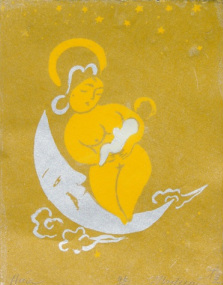
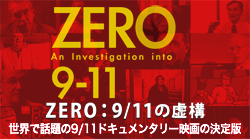

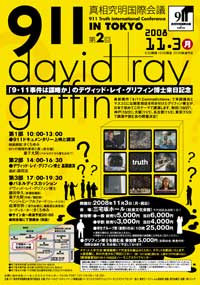

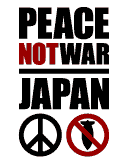



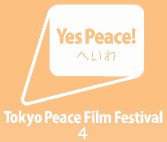



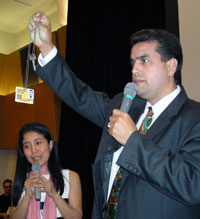
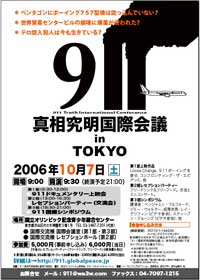




No comments:
Post a Comment